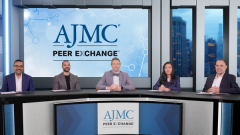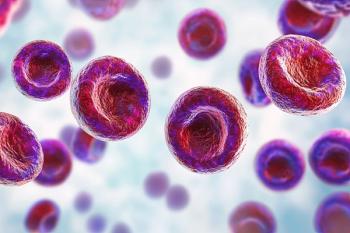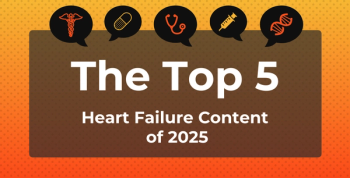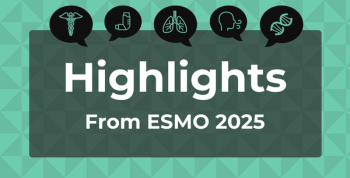
Understanding Atopic Dermatitis as an Immune-Mediated Disease
Panelists discuss how atopic dermatitis involves complex inflammatory and neuronal pathways, with IL-4, IL-13, and IL-31 cytokines driving Th2-mediated inflammation that varies across different racial populations.
Episodes in this series
Content above is prompted by the following:
April W. Armstrong, MD, MPH, explains that atopic dermatitis involves 2 principal pathophysiological components: inflammation and neuronal dysfunction. The inflammatory component primarily involves the Th2 pathway, with increased production of cytokines, including IL-4, IL-13, and IL-31. The condition also involves IL-22, which contributes to epidermal disruption, creating a “firestorm” of inflammatory cytokines in the skin. Importantly, there are significant differences in immune pathway activation across racial groups, with patients of European descent showing more Th2 focus, African American patients exhibiting both Th2 and Th22 patterns, and Asian patients demonstrating more Th17 polarization.
The neuronal component represents a critical aspect often overlooked in atopic dermatitis pathogenesis. Patients with severe disease experience hypersensitized skin where even minimal environmental stimuli like wind can cause burning sensations. This occurs because sensory nerves in affected skin become enlarged and develop increased receptor density, making them hyperresponsive to environmental triggers. Understanding this dual pathophysiology helps explain why patients experience such varied symptoms beyond visible skin changes.
Current biologic therapies target these specific immune pathways, focusing on IL-4, IL-13, and IL-31 modulation. The availability of both dual-targeting and single-source biologics allows clinicians to select appropriate treatments based on disease severity and dominant pathways. However, the heterogeneity in immune responses across different populations emphasizes the importance of personalized treatment approaches rather than one-size-fits-all strategies for optimal patient outcomes.
Newsletter
Stay ahead of policy, cost, and value—subscribe to AJMC for expert insights at the intersection of clinical care and health economics.








































